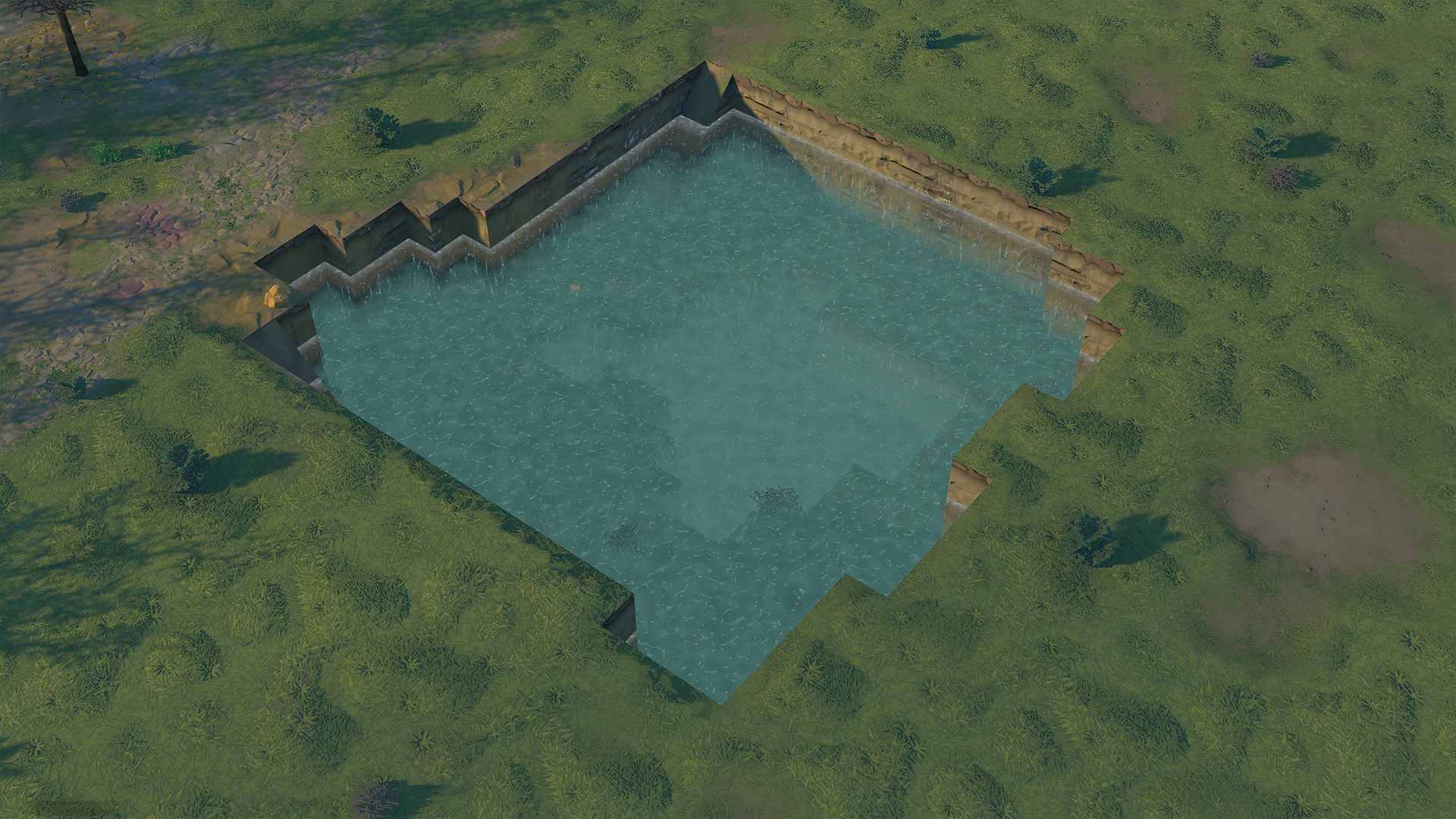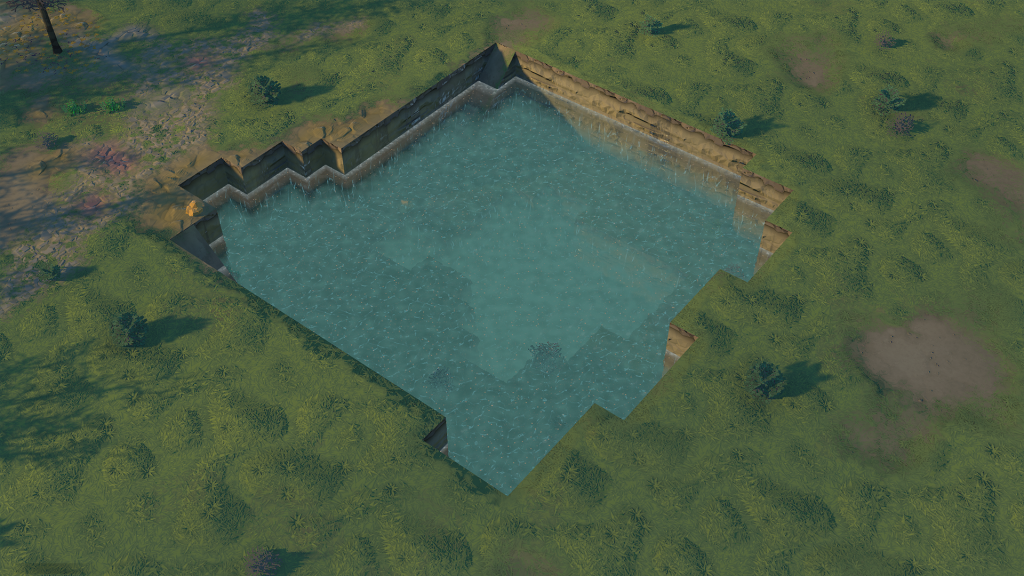Greetings, medievalists!
It’s not uncommon for you to influence our development process. That is happening all the time, in both big and small ways. Among all of your suggestions, one feature stood out as the most requested, and we always thought about it, but wanted to tackle it once the game’s roadmap is done. Well, you continued to voice your opinion about this feature and we couldn’t put it aside anymore. It had to be done, at least in some capacity. So that’s what we are doing at the moment.
We’re happy to announce that water is coming to Going Medieval.
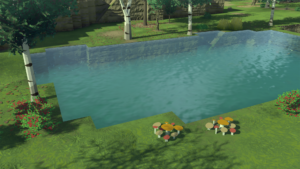
First, we want to talk about options we considered and challenges they posed, before we go into discussing the system we’ve chosen.
We had to establish clear 2d rules before we could move to 3D
The first thing we had to decide is water distribution mechanics. Its speed, weight, amount distribution, etc. We didn’t want to turn the game into a realistic water simulation, but that doesn’t mean that we didn’t experiment. We tried to experiment with fast simulation and distribution (voxel to voxel), but this would unnecessarily be taxing for the CPU. Water pressure posed a similar issue – initially we consider water pressure as an attribute, which would lead to creation of underwater caves (and even building destruction by water) and while it seemed cool, you would not be able to clearly understand what was going on while layer calculation would work full time, again, taxing the CPU.
Showcase of some of our 3d experiments.
After some trial and error, it was decided – water should be simulated just enough to keep and maintain predictable behavior, while offering additional control from the player (e.g. for creations of dams and lakes). Think Minecraft, where it would fill empty spaces (if available) step by step. So, in a way, water will most of the time appear as static and not simulated. Allow us to explain.
Water voxel has the same size as your regular voxel, meaning 1x1x3m. Water voxel will have a depth value which will be filled out as the water voxel moves to the empty space. This depth will have 3 different levels (four if you count being empty), and depending on the amount of water, will provide certain limitations for settlers, but more on that in another MMT.
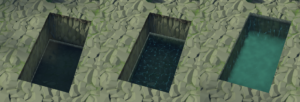
“What about the traversal of water between the levels?”, some of you might ask. Well, if water reaches the end of the level (height-wise) and needs to “fall down”, in that case, a waterfall will appear.
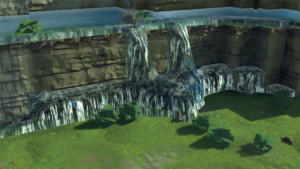
Does this mean water will be infinite? Not exactly. Water will be spawned by a water inflow voxel. Think of inflow voxels as water sources for rivers and ponds – they will constantly deploy water until that water covers the inflow voxel. Inflow voxels will not be buildable as their number is calculated based on the map seed and optimized for average CPU performance. You will be able to spawn them with dev tools, and this way you will be able to add water to the old maps that don’t have generated rivers (use it at your own risk).
Okay, this is a good point to stop this blog, but don’t worry – there is still a lot to talk about. How water affects buildings and settlers, new map type, and a couple more surprises. We’ll continue this topic in two weeks, so while you wait, feel free to discuss potential scenarios and how you wanna use what you read here. Until then…
Stay medieval!
